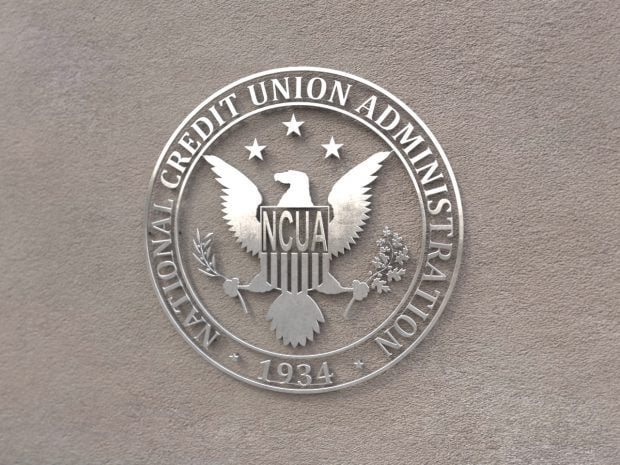Making good on a promise it announced this past spring, CO-OP Financial Services is rolling out a new logo and branding for shared branching.
A new logo carrying the words CO-OP Shared Branch will gradually replace the familiar swirl logo that has been the service's logo for years, since before the three national shared branch networks consolidated into one.
"We aren't doing it just to change the logo," explained Sarah Canepa Bang, president of CO-OP Shared Branching. "We're doing it while the swirl logo has served us well over the years, it hasn't been doing as well lately. It's just time for an update."
Recommended For You
Canepa Bang, who had been the CEO of Financial Service Centers Cooperative, the last of the three national networks to come under the CO-OP umbrella, said that she and other executives from other shared branch networks had long wanted to change the swirl logo but had held back because it belonged to the concept of the shared branch and not to any one organization, She also noted that it's always a risk to change a long-established brand.
"There is always a chance that consumers won't understand the change and look for the new brand like they have gotten used to looking for the old," Canepa Bang said.
To counter that possibility, she explained that CO-OP is sending materials that will allow CO-OP Shared Branch to share space side by side with the swirl for a number of months until the swirl is gradually retired.
She explained that there was not much risk consumers would be disturbed by the arrival of a second logo beside the first but a very real risk that some might be taken aback if the very familiar swirl simply disappeared overnight. Having the two side by side should allow consumers to get to know the new logo before the swirl is quietly retired. Canepa Bang also explained that the new logo and branding would allow shared branching to capitalize on the already widespread familiarity consumers had with CO-OP Financial Services.
"CO-OP is ubiquitous," she observed, "and we designed the new brand to resemble the CO-OP logo so that it clearly puts shared branching in the CO-OP family of services."
She said there are signs that have to be changed on at least 2,200 ATMs in 7-Eleven convenience stores alone as well as on more than 5,000 credit union front doors.
CO-OP will send out those new symbols as the percentage of shared branching credit unions across the country continued to slowly grow.
The latest was the 13,000 member, $111 million Advantage Plus Federal Credit Union which announced it has joined the Credit Union Service Network, a shared branch network which serves primarily credit Western U.S.
CUSN is an affiliate of CO-OP Shared Branching. The move will open the large network of branch opportunities to Advantage Plus members as well as add six more locations to that network.
"We are excited to offer our membership access to their accounts at over 5,000 locations nationwide and over 80 locations in Idaho," said Brent Neibaur, president of Advantage Plus. Pocatello, Idaho, where Advantage Plus is headquartered, is an especially vibrant shared branching community, Neibaur explained. "There are 11 shared branches in a community of just over 50,000. Talk about convenience."
"We have members living throughout the country that will now have great access to their credit union," said Neibaur. "We also welcome the members of other network credit unions to use our convenient locations. We see shared branching as a win for our members and members of other credit unions."
Canepa Bang also acknowledged that shared branching's role in the credit union industry is changing.
"We aren't so much a novelty anymore," she said. "We have become a legitimate, recognized service delivery channel."
She also recognized that shared branching is moving forward right at the time when consumers' relationships with branches generally is also changing. Paradoxically, as the percentage of a credit union's members that use its branches might be dropping, Bang contended that the importance of having a shared branch relationship becomes more important.
Having a broader pool of people in a given area that need to use a credit union's branch can help keep the flow of traffic moving through the branch, she contended.
© 2025 ALM Global, LLC, All Rights Reserved. Request academic re-use from www.copyright.com. All other uses, submit a request to [email protected]. For more information visit Asset & Logo Licensing.






